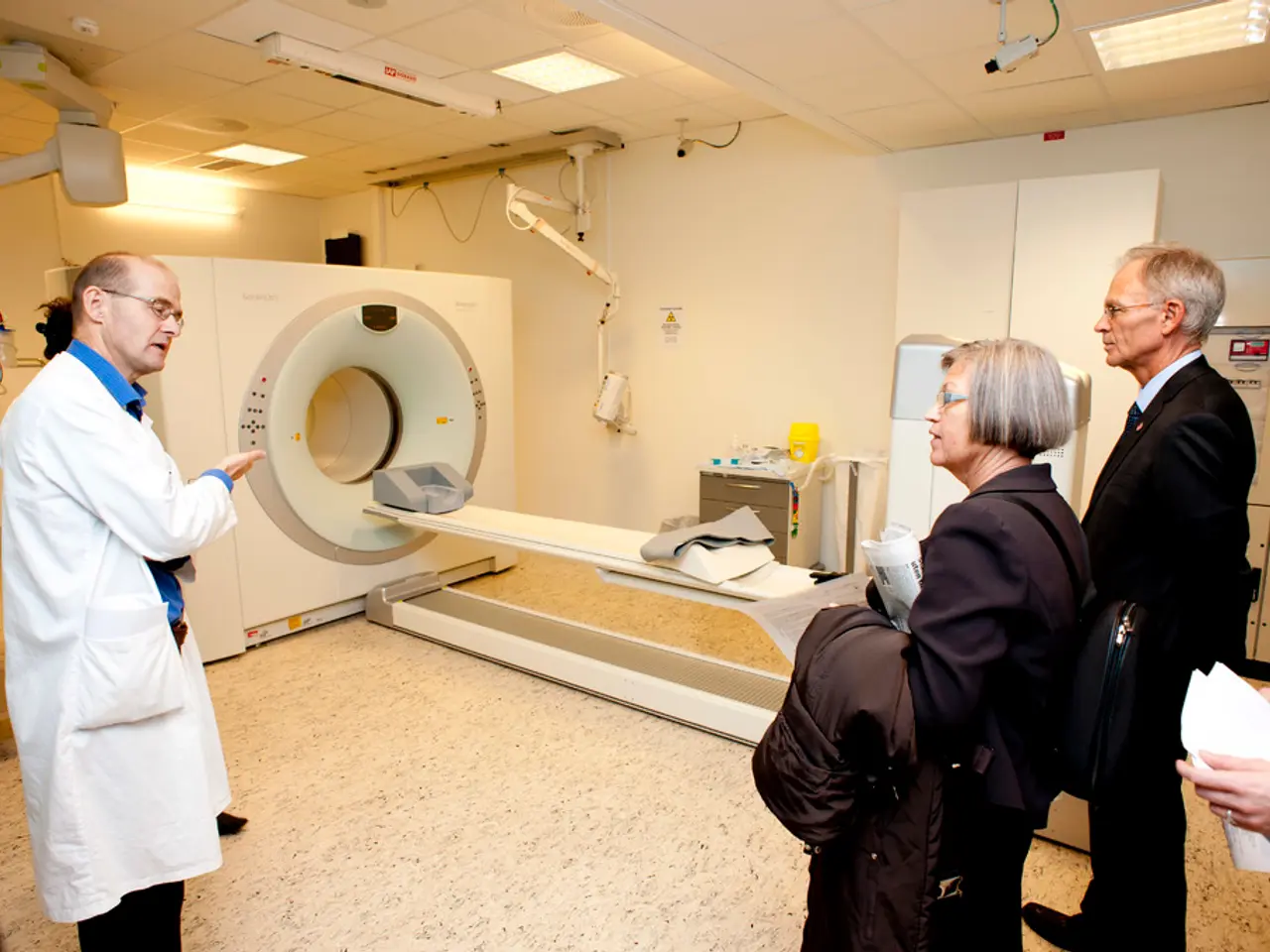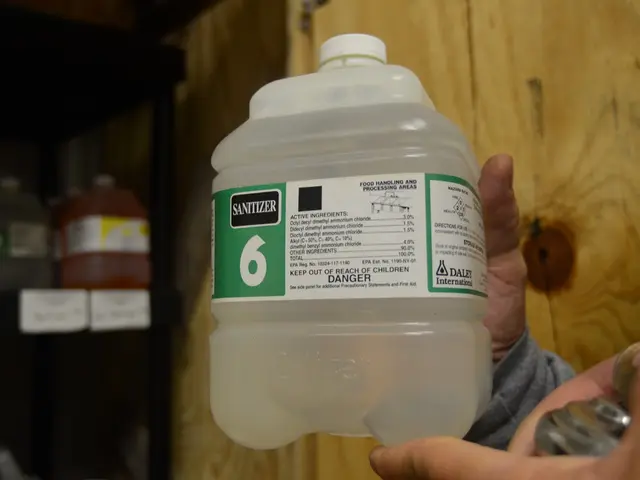Comparing Walking pneumonia to typical pneumonia: Understanding the distinctions
Pneumonia, an inflammation of the lungs, can be caused by a variety of pathogens, leading to two main types: atypical and typical.
**Atypical Pneumonia**
Atypical pneumonia, often referred to as "walking pneumonia," is typically caused by non-traditional pathogens such as *Mycoplasma pneumoniae*, *Chlamydophila pneumoniae*, *Legionella pneumophila*, and certain viruses like influenza. It is called "atypical" because it does not present with the classic symptoms of pneumonia and is often caused by different organisms than typical pneumonia. Symptoms are generally milder and include fever, non-productive cough, and headache. It often affects younger adults and those who are healthier.
Diagnosis can be challenging due to the lack of specific signs and symptoms. Imaging tests like chest X-rays may show smaller, more diffuse opacities rather than lobar consolidation seen in typical pneumonia. Diagnosis often relies on clinical presentation and additional tests like PCR or serology to confirm the presence of specific pathogens.
Treatment usually involves antibiotics, particularly macrolides or doxycycline, based on the suspected or confirmed pathogen. In cases of viral atypical pneumonia, antiviral drugs may be used. Recovery times are generally shorter, and patients often return to normal activities within a week or two of starting treatment.
**Typical Pneumonia**
Typical pneumonia is typically caused by well-known bacteria such as *Streptococcus pneumoniae* and *Staphylococcus aureus*. It is characterized by more severe symptoms and higher morbidity compared to atypical pneumonia. Symptoms are more severe and may include high fever, productive cough with sputum production (which can be yellow or green), shaking chills, rapid breathing or difficulty breathing, chest pain that worsens with deep breathing or coughing, and fatigue.
Diagnosis is typically made through chest X-rays, which show larger, more localized areas of consolidation, and blood cultures to identify the causative bacteria. Treatment typically involves antibiotics such as penicillin or amoxicillin-clavulanate for *Streptococcus pneumoniae* and other common bacteria. In severe cases, hospitalization may be necessary for intravenous antibiotics and supportive care. Recovery can take longer, typically several weeks, depending on the severity of the infection and the presence of underlying health conditions.
Both types of pneumonia can cause moderate to severe symptoms including appetite loss, blue tint to the lips and fingernail beds, chest pain, chills, confusion, cough (often productive), extreme fatigue, fever, nausea and vomiting, rapid, shallow breathing, shortness of breath, and problems breathing. Symptoms that overlap with the new coronavirus, such as fever, shortness of breath, coughing, bluish lips, and chest pain, necessitate immediate medical attention.
To prevent contracting pneumonia, a person should practice good hygiene, maintain a healthful lifestyle, and get a pneumonia shot. People who are hospitalized for pneumonia may require a prolonged stay and potential rehabilitation. Anyone can contract pneumonia, but school-aged children and young adults tend to develop atypical pneumonia more often than others. People with weakened immune systems, respiratory conditions, serious underlying medical conditions, or very young children are more vulnerable to pneumonia and may experience more severe complications.
- Maintaining a healthy lifestyle, including regular 'fitness-and-exercise' and 'health-and-wellness' routines, can help reduce the risk of developing pneumonia.
- 'CBD', known for its potential therapeutic benefits, could potentially aid in managing the symptoms of pneumonia and improving overall 'mental-health', but more research is needed to confirm its effectiveness.
- 'Mycoplasma pneumoniae' is one of the pathogens responsible for causing 'atypical pneumonia', also known as 'walking pneumonia', which often manifests with milder symptoms such as fever, headache, and non-productive cough.
- 'Streptococcus pneumoniae' and 'Staphylococcus aureus' are common bacteria that can lead to 'typical pneumonia', characterized by more severe symptoms, requiring prompt medical attention and possible hospitalization for treatment.








